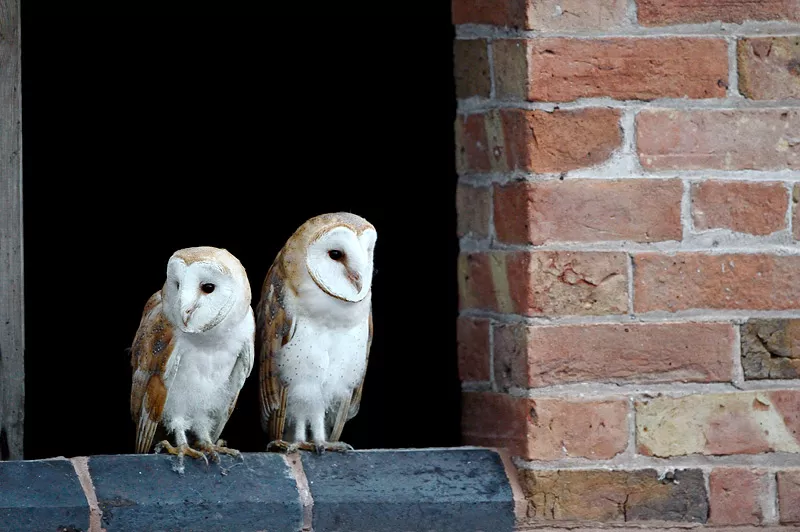Barn owls (Tyto alba) are one of the most widespread bird species in the world, found in nearly every continent except Antarctica. They are known for their distinctive heart-shaped face, white or pale-brown feathers, and silent flight. Barn owls are nocturnal predators and feed on small mammals such as mice, voles, and shrews. They are also important indicators of environmental health and ecosystem balance, as their presence is often associated with healthy grasslands and farmlands.
One of the most frequently asked questions about barn owls is how long they live. The lifespan of barn owls varies depending on various factors, including genetics, habitat, food availability, and predation. Here is a closer look at the lifespan of barn owls:
Wild Barn Owls Lifespan
In the wild, the average lifespan of a barn owl is around 4 years. However, some individuals can live up to 10-15 years, with the oldest recorded wild barn owl living to be 34 years old! Barn owls face numerous challenges in the wild, including predation by larger birds, loss of habitat due to agricultural practices and development, and exposure to toxins and pollutants. The availability of food and shelter also affects the survival of wild barn owls.
Captive Barn Owls Lifespan
Captive barn owls tend to live longer than their wild counterparts. In captivity, barn owls can live up to 25 years, although this is rare. Captive barn owls are protected from predators and have access to a consistent supply of food and water, which can contribute to their longer lifespan. However, captive owls are susceptible to health problems related to a sedentary lifestyle, such as obesity and heart disease.
Factors That Affect Barn Owl Lifespan
Various factors can influence the lifespan of barn owls, including:
- 1. Genetics:
The genetic makeup of barn owls can affect their lifespan. Some individuals may be more resilient to environmental stressors, such as toxins or pollutants, than others.
- 2. Habitat:
The availability of suitable habitat for barn owls can impact their lifespan. Barn owls require open grasslands, farmlands, and wetlands to thrive. Loss of habitat due to urbanization, agricultural practices, or climate change can reduce the availability of suitable nesting sites and food sources.
- 3. Food Availability:
The abundance of prey animals, such as mice, voles, and shrews, can impact the lifespan of barn owls. Food shortages can lead to malnutrition and weakened immune systems, making them more susceptible to diseases and predation.
- 4. Predation:
Barn owls are vulnerable to predation by larger birds, such as eagles, hawks, and owls. Predation rates can vary depending on the region and the availability of suitable nesting sites.
Conclusion
In summary, the lifespan of barn owls can vary depending on various factors, including genetics, habitat, food availability, and predation. In the wild, barn owls typically live up to 4 years, while captive barn owls can live up to 25 years. Understanding the factors that impact the lifespan of barn owls is crucial to their conservation and the maintenance of healthy ecosystems.
Related topics:


 Facebook
Facebook  Instagram
Instagram  Youtube
Youtube 